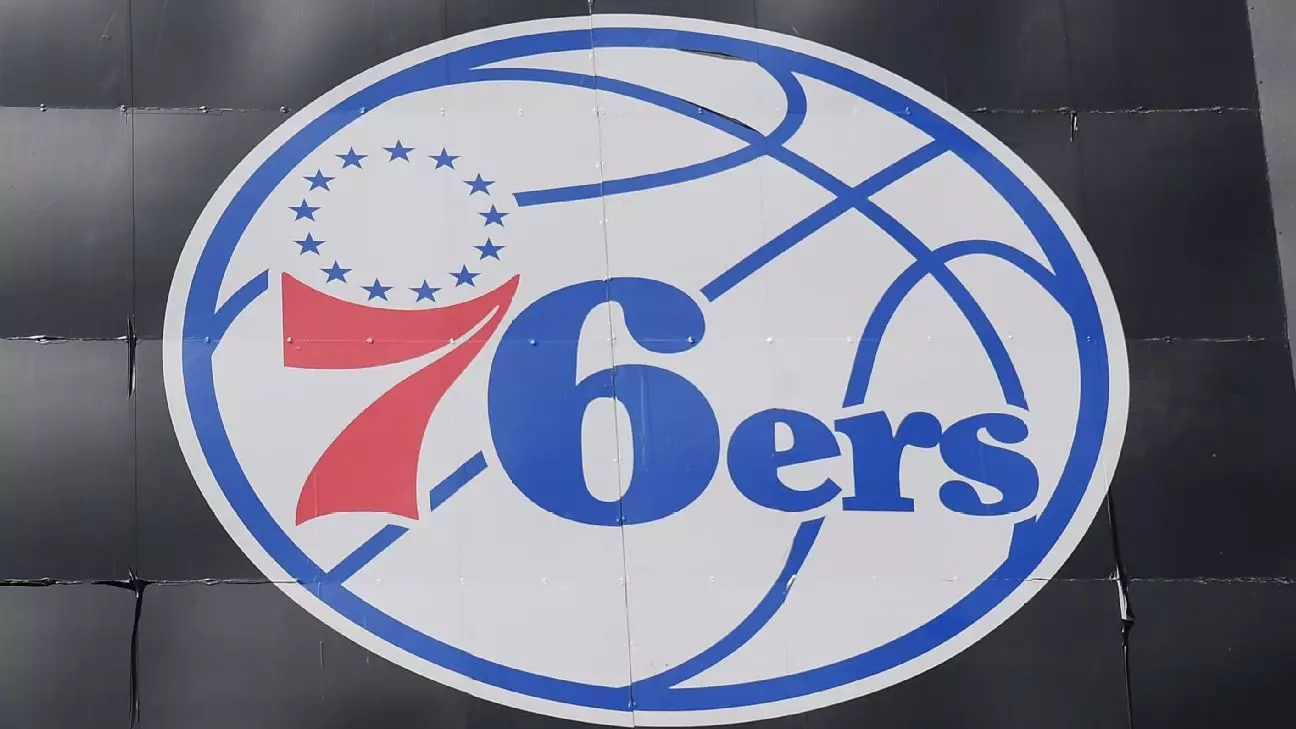In a surprising twist within Philadelphia’s vibrant sports narrative, the Philadelphia 76ers have opted to abandon their ambitious $1.3 billion proposal for a downtown arena. This decision comes on the heels of a thinly contested approval from the city council, which had ratified the contentious project just weeks ago. The implications of this change reverberate throughout the city, sparking reactions from stakeholders, community members, and public representatives alike.
Reports indicate that the 76ers have entered into negotiations with Comcast Spectacor to remain in the established sports stadium district, a decision welcomed by some but viewed as troubling by others. The lack of detailed information regarding the new arrangement leaves many questions unanswered, fostering speculation about the intentions of the team and its owners. The Philadelphia Inquirer’s coverage of this news highlights the absence of comments from both the 76ers organization and Comcast Spectacor, further hinting at underlying tensions and the complexities of the negotiations surrounding the team’s future location.
Despite having received council approval after a protracted debate lasting over two years, the abrupt cessation of plans to relocate has underscored the challenges that arise when corporate interests clash with community welfare. The struggle reflects a critical examination of how urban development initiatives can impact local neighborhoods, particularly vulnerable communities like Chinatown, which has long fought against displacement and disruption from large-scale projects.
Opposition voices have increasingly celebrated this apparent victory, expressing relief that the 76ers will remain in a socially and economically stable environment. City Council members Jamie Gauthier and Rue Landau, who had representing dissenting votes, have criticized the 76ers’ development strategy as lacking sincerity and respect toward the council and the affected community. They argued that the initial proposal demonstrated a disregard for critical urban planning issues, such as potential gridlock and displacement. Gauthier and Landau’s statements encapsulate a broader sentiment that urban projects should prioritize community engagement and dialogue to ensure that developments serve, rather than undermine, the interests of local residents.
In the midst of these discussions, the mood within the council remains variously polarized. Council member Jimmy Harrity expressed personal outrage over feeling manipulated in the decision-making processes that surround the proposed move. Such sentiments reflect the emotional stakes involved, particularly as local identities are often at risk of being drowned in the tide of commercial development.
The intent behind building a new arena was not merely to provide a home for the 76ers; it was framed as a potentially transformative economic initiative, purportedly aimed at revitalizing distressed areas such as Market East. However, now that the focus shifts back to the existing Wells Fargo Center, the question arises whether stakeholders can collaboratively devise plans that advance both sports interests and equitable community growth.
Moreover, the city’s leadership, represented by Mayor Cherelle Parker, had aggressively championed this thrilling venture as a “game-changing” economic development project. It raises complications about the broader implications of prioritizing sports entertainment over community needs. Mayor Parker’s assertions underline the intertwined fates of urban planning, sports, and economic vitality, which will require reconsideration in light of the recent decision.
Ultimately, this unexpected pivot seems to be a moment of reckoning for Philadelphia’s urban planning approach. The 76ers’ decision not only affects the future of sports in the city but also signals the importance of respecting community voices in plans that could alter their environments. While the future remains uncertain, this retreat from the downtown arena proposal invites an opportunity for genuine collaboration among stakeholders, ensuring that decisions foster inclusivity and build equitable frameworks for development in one of America’s most storied cities. As Philadelphia navigates these waters, it must prioritize engaging with residents to create solutions that genuinely reflect their needs and aspirations.


Leave a Reply